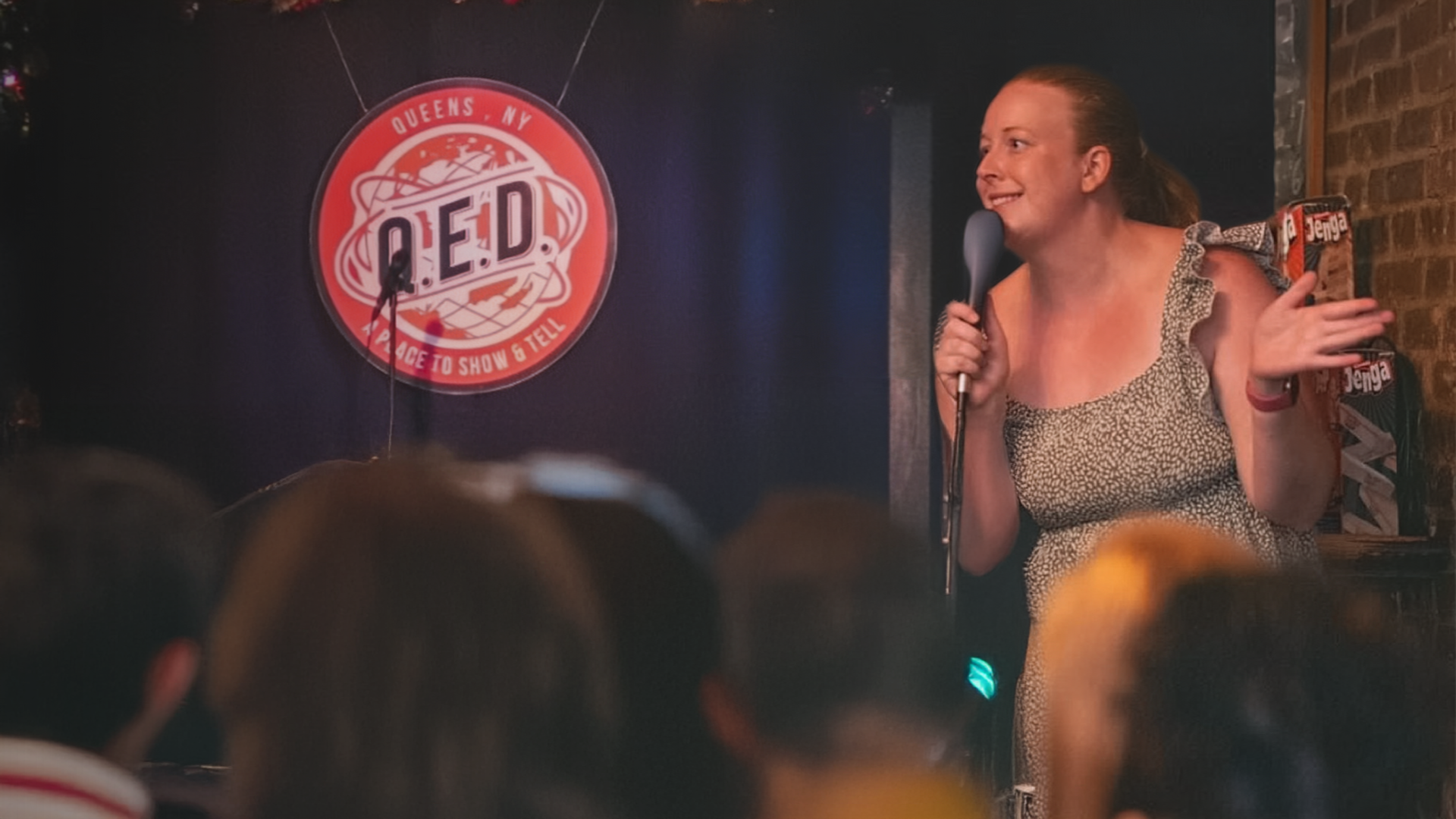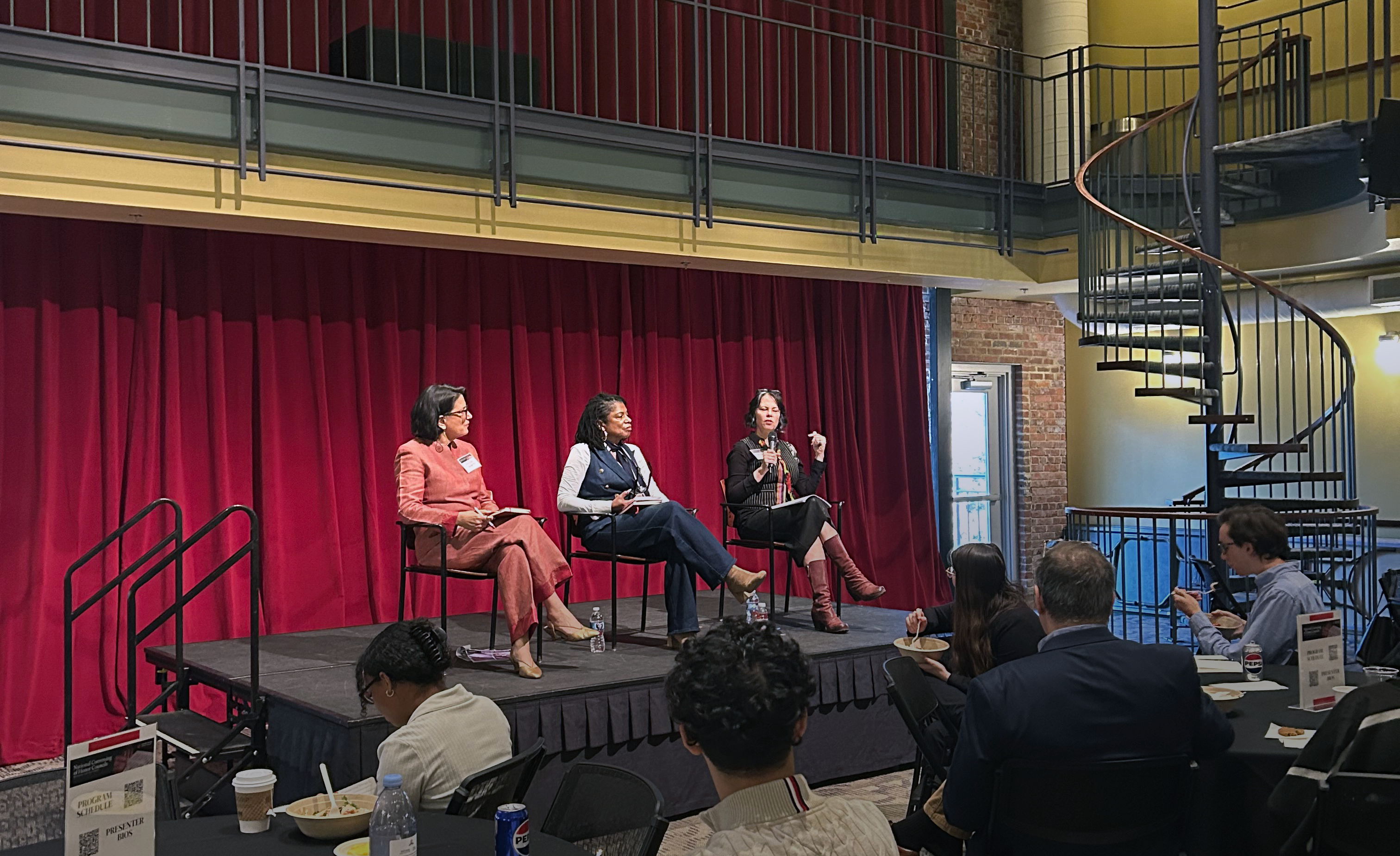Chartier Elected to Leadership Post of National Association
February 12, 2016
Davidson mathematician and computer scientist Tim Chartier has garnered national attention and acclaim for his pioneering work in sports analytics and popularization of math concepts in books he has published. Now, in an additional role as second vice president of the nation's largest mathematics organization, he will impact national math efforts in new and potentially even more prominent ways.
Chartier has been an active member of the Mathematical Association of America (MAA) for two decades. He has served on several national MAA committees, including ones for applied math curriculum and writing and teaching awards. The organization even named him as its first "Math Ambassador" in 2014, and he was selected to present a distinguished lecture at the MAA national office in Washington, D.C.
Still, Chartier had never held national office in the MAA, or even an office in the Southeastern Section with which Davidson affiliates. So the nominating committee's invitation to put his name on the national ballot for second vice president came as a surprise. After a conversation regarding the responsibilities and potential to increase national mathematical awareness, Chartier agreed.
The MAA, which celebrated its centennial year in 2015, provides a network for like-minded mathematicians to share ideas through two major national meetings, smaller gatherings of regional affiliates, competitions, a federal advocacy program and publications. It is one of three major mathematical societies, distinguishing itself by directing its efforts to advance mathematical sciences, especially at the collegiate level.
Its members include university, college and high school teachers; graduate and undergraduate students; pure and applied mathematicians; computer scientists; statisticians; and others in academia, government, business and industry.
Close Connection
Chartier has a longtime appreciation of the organization and its activities. In fact, he credits the MAA's Project NExT program, a professional development program for new or recent PhDs in the mathematical sciences, in part for his professorial position at Davidson. Chartier had been groomed to become a math researcher at a large university, but a member of his Project NExT cohort suggested to him that he was uniquely talented at teaching and directing research with undergraduates. Chartier, who had an active interest in liberal arts schools, pursued this possibility and ended up joining the Davidson faculty in 2003.
When he arrived, members of the Davidson math department were already active in MAA, and supportive of his continued involvement in it.
"The MAA has laid a framework for the way I conduct undergraduate research, and enlarged my network of inspirational friends on whom I can lean both professionally and interpersonally," Chartier said.
In his two-year appointment as second vice president, Chartier will work in concert with the permanent executive staff of the national MAA office and other officers elected via a national ballot. In particular, he'll work closely with first vice president Professor Matt Boelkins of Grand Valley State University. Both vice presidents will work with current MAA President Francis Su of Harvey Mudd College, who served as Davidson's annual Bernard Society lecturer several years ago.
As second vice president, Chartier sits on the MAA executive council and will attend its two annual meetings in Washington, D.C., to discuss general organizational issues and initiatives. His council meeting responsibilities also include assurance that they are conducted according to Roberts Rules of Order, so he has recently obtained a copy of the book to learn that professional skill.
He also will attend the annual joint meetings of the three national math societies, which attract as many as 6,000 participants, as well as the national summer meeting of the MAA, which highlights many undergraduate activities in teaching and research from around the country.
Additionally, he will attend as many as five MAA section meetings and deliver a keynote address at each. He plans at this point for those talks to focus on sports analytics, or ideas from his books that relate to pop culture, such as how to use math to create the special effects used in Star Wars, or to find your celebrity look-alike. Chartier also notes that he is often asked in such settings to perform, along with his spouse Tanya, their silent educational show called "Mime-matics."
Next Generation
Chartier said one of the MAA's major current initiatives is attracting the younger generation to be active in the MAA by creating appealing curricula and resources for undergraduate and high school teachers and students.
Chartier is on sabbatical this entire school year, conducting research and spending a portion of his time creating curricula for high school sports analytics.
"I need to help teach others to learn what we've done here at Davidson with sports analytics," he said. "Students feel incredibly empowered when they learn how to help their teams with analytics."
Chartier said his association with MAA should benefit Davidson faculty and students because he will learn more about opportunities and educational programs on the national level that will be attractive to them.
"There are excellent activities happening around the country that I'll learn about, and can pass along to our people," he said. "Already during the recent national meeting in Seattle I found myself sending emails regularly to colleagues and students about opportunities they may find interesting."



